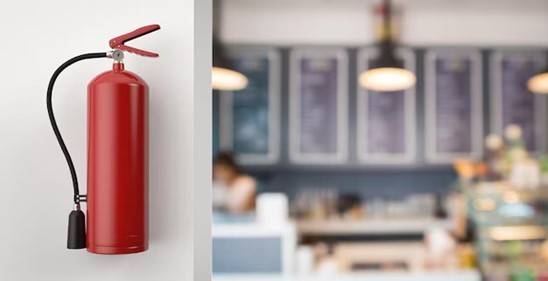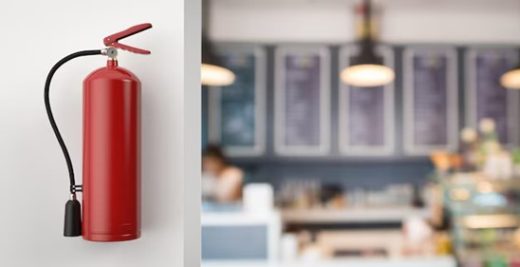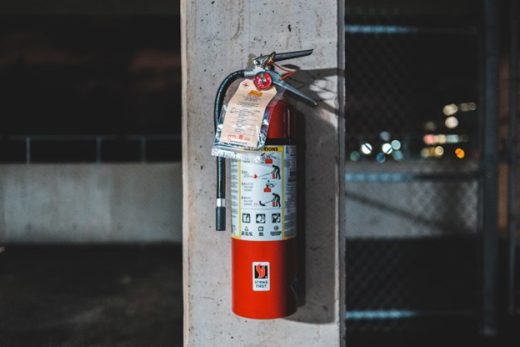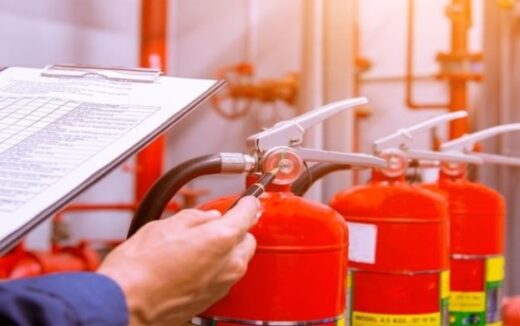Fire safety checklist, Home smoke alarm advice, Real estate H&S tips, Safe property guide
Fire Safety Checklist: Is Your Home Prepared?
18 July 2024
Fire safety is a critical aspect of home ownership that is often overlooked until it’s too late. The consequences of a fire can be devastating, resulting in the loss of property, personal belongings, and, most importantly, lives. Ensuring your home is prepared for a potential fire is essential.
Here’s a comprehensive fire safety checklist to help you with home fire protection and ensure the well-being of your residence.
Fire Safety Checklist for your Home
- Install Smoke Alarms
The first line of defence in home fire protection is a properly functioning smoke alarm. Smoke alarms should be installed on every level of your home, including inside bedrooms and outside sleeping areas. Consider interconnected smoke alarms, which can alert you to a fire regardless of where you are in the house.
- Plan and Practise an Escape Route
Having a well-thought-out escape plan can save lives during a fire. Every family member should know at least two ways to exit each room in case of fire. Conduct regular fire drills to practise the plan, ensuring everyone knows how to react quickly and safely. Ensure that there is a designated meeting spot outside the home where everyone can gather after escaping.
- Use Fire Extinguishers
Fire extinguishers are a crucial component of residential fire safety. Ensure that you have at least one extinguisher on each floor and that they are easily accessible. Be familiar with their usage – remember the acronym PASS: Pull the pin, Aim low, Squeeze the handle, and Sweep from side to side. Regularly check the pressure gauge to ensure the extinguisher is functional.
- Install a Home Fire Sprinkler System
While associated with commercial buildings, fire sprinkler systems are becoming popular in residential fire prevention systems. These systems can reduce the spread of fire, providing occupants more time to escape and minimising property damage. Although installing a sprinkler system can be costly, it is a worthwhile investment in fire protection for homes.
- Maintain Electrical Safety
Regularly inspect your home’s wiring, outlets, and appliances for signs of wear or damage. Consider having a licensed electrician conduct an electrical safety inspection to ensure your home’s electrical system is up to code.
- Store Flammable Materials Safely
Proper storage of flammable materials is crucial in home fire prevention. Keep gasoline, paint, and other flammable liquids in approved containers and store them away from heat sources. Ensure these materials are kept in well-ventilated areas, preferably outside the living space.
Store matches and lighters out of reach of children to prevent fire accidents. Store Flammable Materials Safely – Keep gasoline, paint, and other flammable liquids in Storemasta flammable storage cabinets and store them away from heat sources.
- Be Cautious with Open Flames
Open flames, like those from candles or fireplaces, can quickly become dangerous if not handled properly. Use fireplace screens to prevent embers from escaping, and always extinguish the fire completely before leaving the room or going to bed.
- Monitor Cooking Activities
Cooking is a leading cause of home fires, making kitchen safety an essential aspect of fire safety for residences. Never leave cooking food unattended when using high heat. Have a fire extinguisher or a box of baking soda nearby to extinguish grease fires safely.
- Install Carbon Monoxide Detectors
While not directly related to fire, carbon monoxide detectors are vital for home safety. Install detectors near sleeping areas and check them regularly to ensure they function correctly. These detectors can alert you to dangerous levels of carbon monoxide, which can occur from faulty heating systems or during a fire.
- Educate Your Family
Teach all family members, including children, about the dangers of fire and the importance of fire safety measures. Ensure they know how to call emergency services and understand the basics of fire prevention and response. Regularly review and update your fire safety plan with your family.
- Regular Home Maintenance
Regular home maintenance can prevent potential fire hazards. Clean your dryer lint trap after every use and inspect the vent system periodically. Have your heating system, chimney, and fireplace inspected and cleaned annually by a professional. Address any maintenance issues promptly to reduce the risk of fire.
- Install Fire-Resistant Building Materials
If you are building or renovating your home, consider using fire-resistant materials. Materials like brick, stucco, and metal are less likely to ignite and can help contain a fire. Fire-resistant roofing materials can prevent fires caused by flying embers during a wildfire.
Conclusion
Ensuring your home is prepared for a fire involves a combination of preventive measures, proper equipment, and regular maintenance. Following this fire safety checklist can enhance fire protection for homes and significantly reduce the devastating fire risk. Investing in residential fire prevention systems, educating your family, and maintaining a proactive approach to fire safety will help protect your home and loved ones from fire dangers. Stay vigilant, stay prepared, and prioritise fire safety in your residence.
Comments on this guide to Fire safety checklist: home preparation article are welcome.
Fire Safety
Fire Safety Posts
Fire Safety Engineering for Buildings
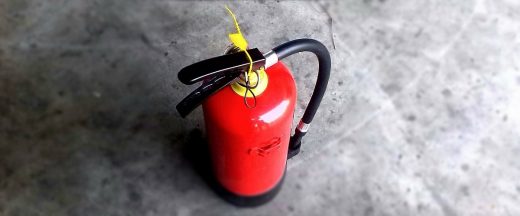
How to make your house fire safe
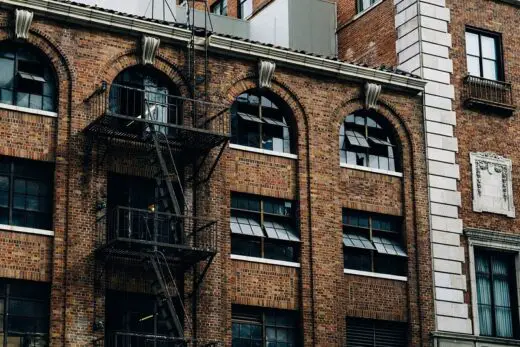
Fire Damage Restoration and Remediation
Safety Precautions Against Home Fire
Fire-Safe Aluminium Rainscreen Cladding
Building Articles

image courtesy of article provider
Comments / photos for the Fire safety checklist: home preparation guide advice page welcome.

